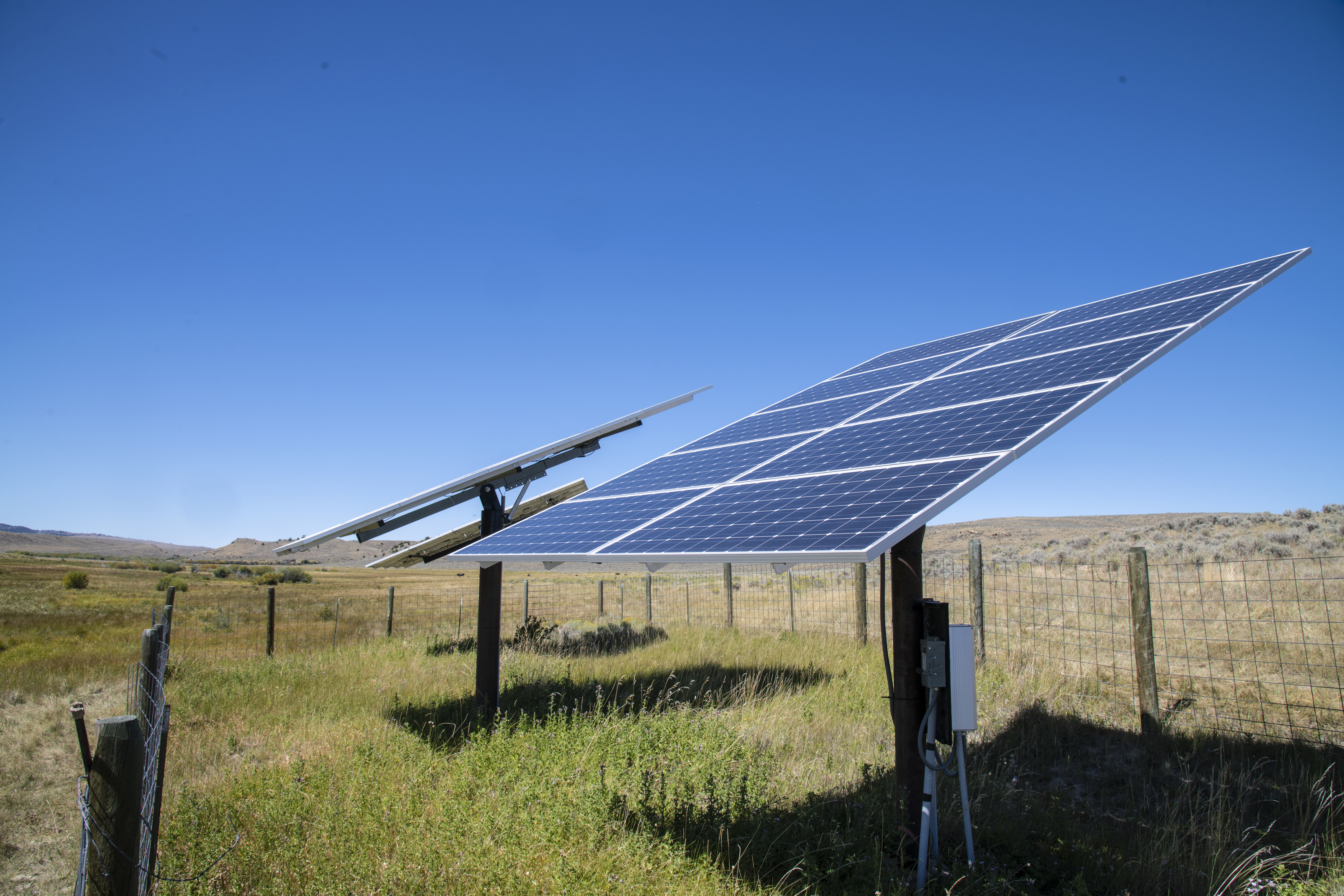Scientists from Pakistan's University of Science and Technology (MUST), the University of Poonch Rawalakot, and the Stevens Institute of Technology in the United States have developed a new cleaning mechanism for small-sized standalone PV systems that can be cheaply and efficiently deployed.
The proposed system, which the academics describe as an automatic self-cleaning mechanism (ASCM), consists of a mounting structure and a cleaning wiper. They placed the wiper in a suitable position for smooth movement on the surface of the module, supported by a pulley mechanism. They also attached a shutter to the wiper, in order to protect the solar module from dust at night.
They used five pulleys to stabilize the movement of the wiper, with four of them responsible for horizontal movement.
“Out of four, the first two pulleys are used to guide the tensile cable to align it in a straight position,” the group said. “Whereas, the third and fourth pulleys help in the smooth movement and adjusting the length of tensile cable connected to the shutter.”
They linked a fifth pulley to the wiper motor to assist the bidirectional movement via metal-braided tensile cables. The water for the panel cleaning is provided by a water tank attached at the upper end of the module frame.
“The sprinkler system consists of double jet windshield washer nozzles, which are commercially used for cleaning a vehicle’s windshield,” the scientists said.
The system's electrical components include a 12 V DC wiper motor – which is connected to two 5 V DC relays to provide a bidirectional motion to the motor – as well as another DC motor to pump water from the tank using a 5 V DC relay. The system also relies on an electromechanical control unit combining a microcontroller board and an H-bridge with two 5 V DC relays. An H-bridge is an electronic circuit that switches the polarity of voltages applied to a load.
“Note that the duration of two DC motors operations last for only 20 seconds, with an approximate energy consumption of 0.33 Wh per cycle, making it negligible compared to the total power generation of 1.2 kWh of the PV module,” the researchers said.
They tested the system on a 150 W polycrystalline module with an overall area of 0.97 square meters, a short circuit current of 9.08 A, and an open-circuit voltage of 21.6 V. The measurements showed that the power yield of the module increased by 35% when the self-cleaning mechanism was activated, the scientists claimed.
“The results also show that the duration of payback period is approximately five year for the domestic installation with electricity rate of US$0.062/unit,” they said. “A comparison of the total cost of micro PV system shows that ASCM only accounts for 10% – 15% of the total installation cost.”
They described the new tech in “Modeling and design of low-cost automatic self cleaning mechanism for standalone micro PV systems,” which was recently published in Sustainable Energy Technologies and Assessments.
This content is protected by copyright and may not be reused. If you want to cooperate with us and would like to reuse some of our content, please contact: editors@pv-magazine.com.




By submitting this form you agree to pv magazine using your data for the purposes of publishing your comment.
Your personal data will only be disclosed or otherwise transmitted to third parties for the purposes of spam filtering or if this is necessary for technical maintenance of the website. Any other transfer to third parties will not take place unless this is justified on the basis of applicable data protection regulations or if pv magazine is legally obliged to do so.
You may revoke this consent at any time with effect for the future, in which case your personal data will be deleted immediately. Otherwise, your data will be deleted if pv magazine has processed your request or the purpose of data storage is fulfilled.
Further information on data privacy can be found in our Data Protection Policy.